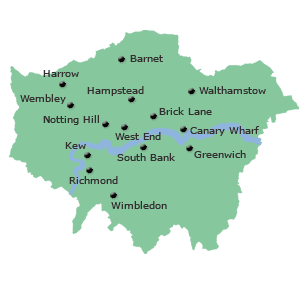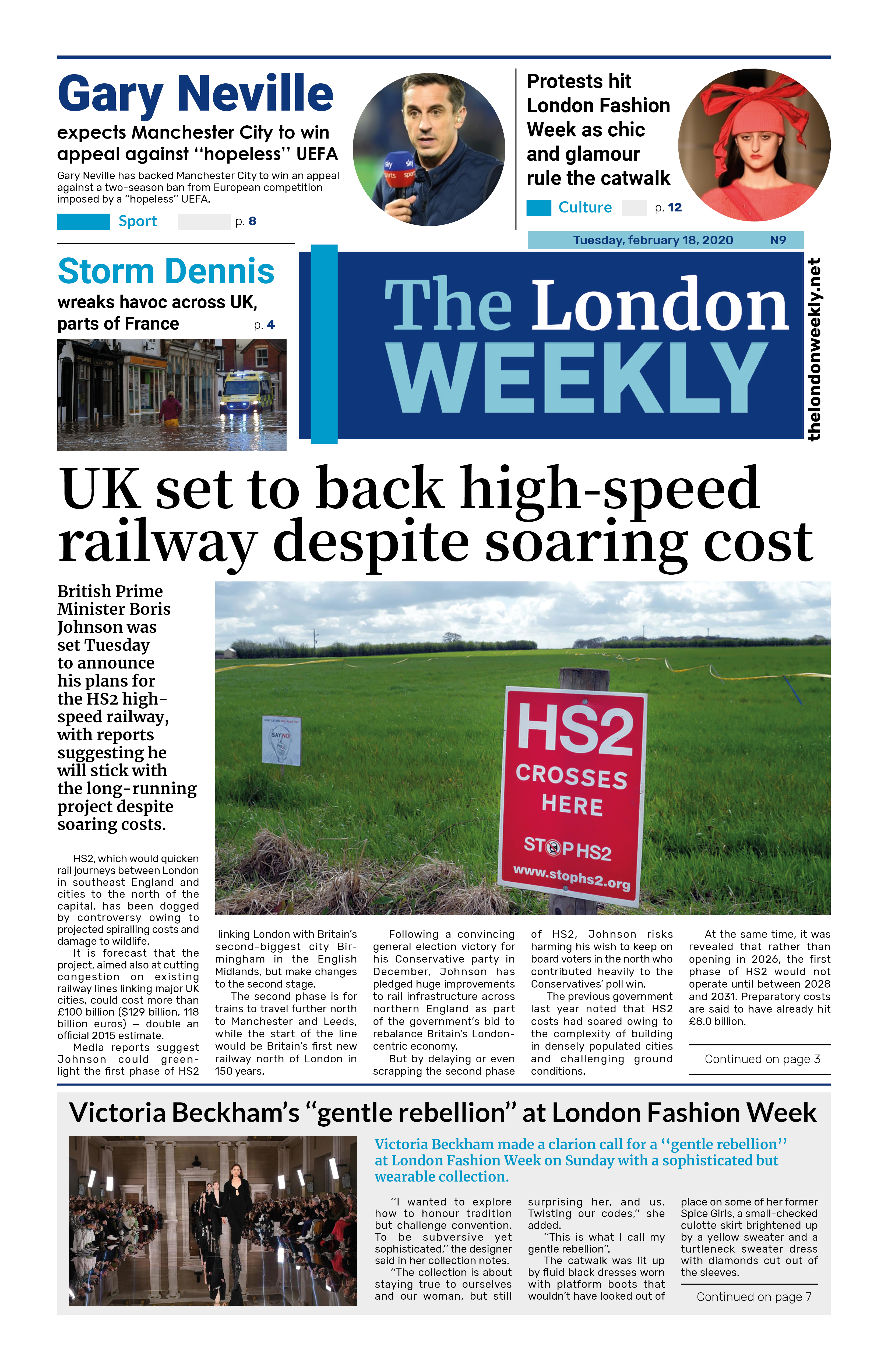
Despite a modest rebound in November, the UK economy still faces the looming possibility of a technical recession in the second half of 2023. The 0.3% rise in Gross Domestic Product (GDP) in
November, following a similar drop in October, was slightly below economists' expectations of a 0.2% increase, leaving the economy on the edge of contraction for the full quarter.
Factors such as wet weather and strikes by doctors in December could further impact the economy, making it challenging to avoid a contraction for the entire quarter. Prime Minister Rishi Sunak is keen on positive economic developments ahead of a scheduled general election in the autumn.
Chief economist at KPMG UK, Yael Selfin, expressed a gloomy economic outlook, emphasizing the potential for a technical recession in the latter part of 2023, especially considering the anticipated impact of industrial action in December. Even if a recession is averted, the economy is expected to remain in stagnation territory.
The Office for National Statistics (ONS) highlighted that a 0.02% or more decline in December GDP could lead to a 0.1% contraction in the fourth quarter. Zero growth in December would maintain the status quo for the fourth quarter, while the third quarter experienced a 0.1% output decline.
Bloomberg Economics suggests that the economy may continue to hover between stagnation and contraction in the early months of 2024. However, they anticipate a brighter outlook from spring onwards, with falling inflation creating opportunities for rate cuts in the second quarter and lower energy prices potentially boosting real incomes, thereby accelerating growth.
Market sentiments indicate increased expectations for interest-rate cuts in the coming year, with five quarter-point reductions fully priced in by money markets. This contrasts with the six expected decreases forecasted just last month. Photo by Jim Goldsmith, Wikimedia commons.



































